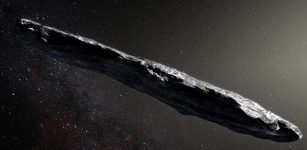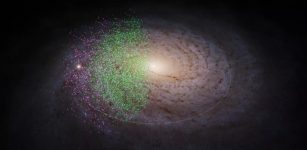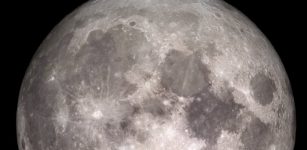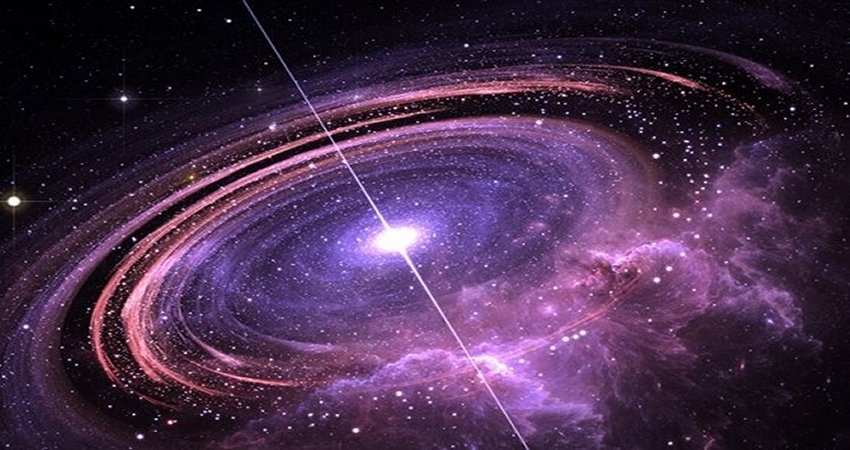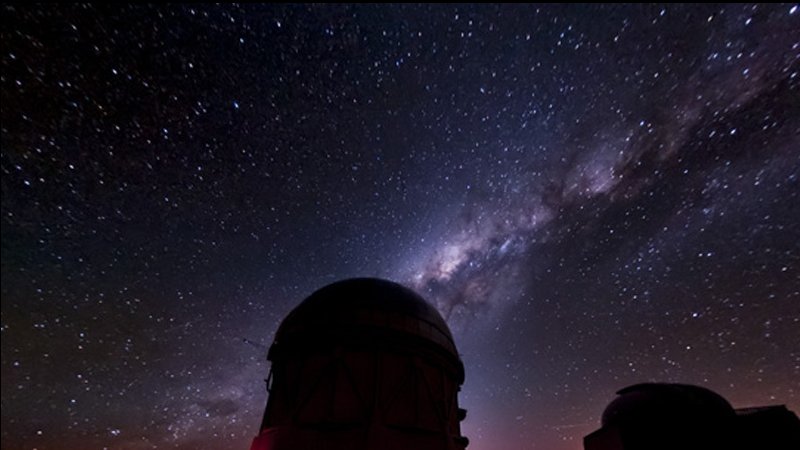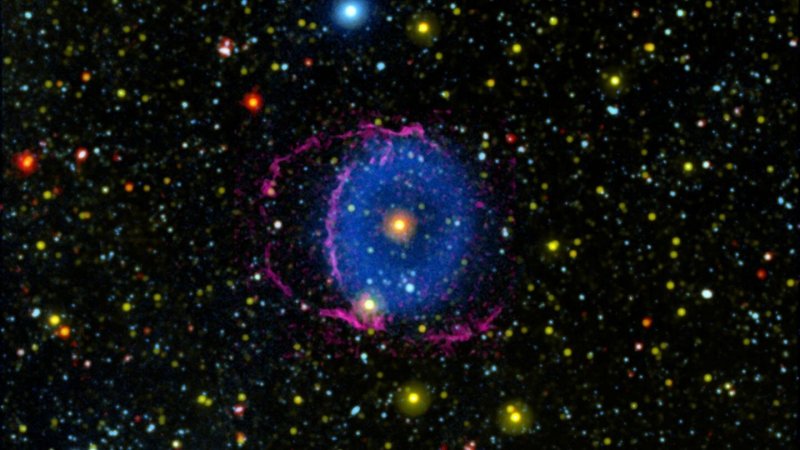New Exoplanet Discovered – Larger Than Earth, With A Star Much Weaker Than The Sun –
MessageToEagle.com – A new exoplanet located only 39 light-years away has been discovered by a team of astronomers using the MEarth-South array, located at the Cerro-Tololo Inter-American Observatory in Chile and hunting terrestrial worlds orbiting red dwarf stars.
The newfound world named GJ 1132b is hot as an oven, but at the same time, is cool enough to potentially host an atmosphere.
If it does, it’s close enough that we could study that atmosphere in detail with the Hubble Space Telescope and future observatories like the Giant Magellan Telescope.
“Our ultimate goal is to find a twin Earth, but along the way we’ve found a twin Venus,” says astronomer David Charbonneau of the Harvard-Smithsonian Center for Astrophysics (CfA). “We suspect it will have a Venus-like atmosphere too, and if it does we can’t wait to get a whiff.”
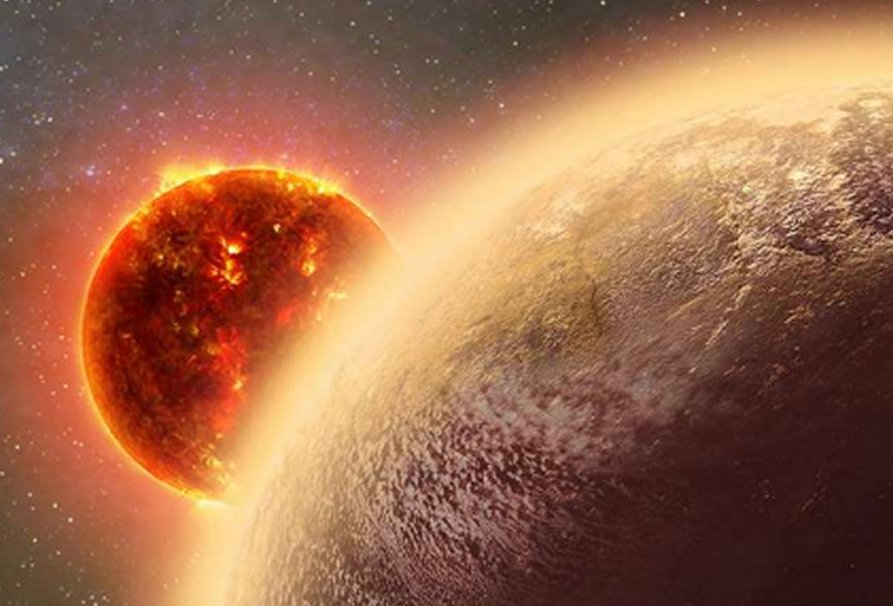
“This planet is going to be a favorite target of astronomers for years to come,” adds lead author Zachory Berta-Thompson of the Massachusetts Institute of Technology (MIT).
GJ 1132b orbits a red dwarf star only one-fifth the size of our Sun. The star is also cooler and much fainter than the Sun, emitting just 1/200th as much light. GJ 1132b circles its star every 1.6 days at a distance of 1.4 million miles (much closer than the 36-million-mile orbit of Mercury in our solar system).
As a result, GJ 1132b is baked to a temperature of about 450 degrees Fahrenheit.
See also:
CoRoT-7b – Alien World That Contributes To The Vision Of Hell
Such temperatures would boil off any water the planet may have once held, but still allows for the presence of an atmosphere. It is also significantly cooler than any other exoplanet confirmed to be rocky. In comparison, well-known worlds like CoRoT-7b and Kepler-10b possess scorching temperatures of 2,000 degrees F or more.
GJ 1132b is 16 percent larger than Earth, with a diameter of about 9,200 miles. It has a mass 60 percent greater than Earth. The resulting density indicates that the planet has a rocky composition similar to Earth.
The planet also has an Earth-like force of gravity. A person standing on the surface of GJ 1132b would weigh only about 20 percent more than they do on Earth!
Since the red dwarf star is small, the relative size of the planet to the star is larger than it would be for a Sun-like star. This, combined with the star’s close distance, makes it easier to detect and study any planetary atmosphere, should one exist. The team has requested follow-up observations with the Hubble and Spitzer Space Telescopes. Future observatories like the James Webb Space Telescope also will undoubtedly take a close look at GJ 1132b.
A final intriguing possibility is that GJ 1132b has sister planets that have not yet been detected. The research team plans to examine this system closely for signs of siblings.
The discovery is reported in a paper published in the journal Nature.
MessageToEagle.com

